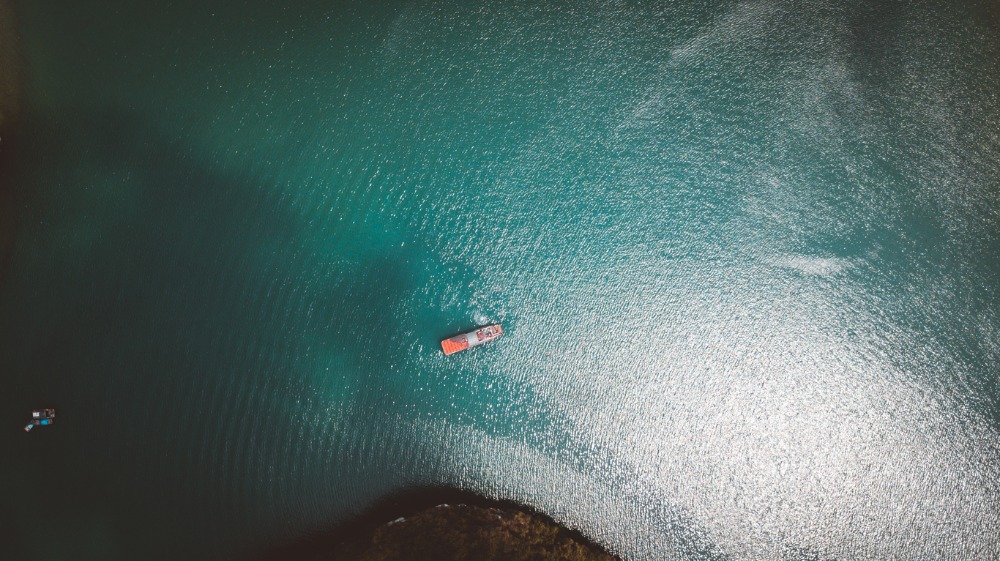A class notation for airborne noise emissions
The QUIET class notation from DNV GL may help vessels to secure prime spots in port and reduced port fees…
The issue of airborne noise emission from vessels is receiving increased attention, with better public awareness surrounding the health effects of noise and the popular trend of waterfront housing developments. Ports around the world are facing growing complaints from perturbed local residents and this has led to tightening port restrictions regarding airborne noise emitted from vessels.
External noise is, therefore, increasingly one of the most important environmental parameters defined by ports. One option to reduce the noise impact from ships is to place the noisiest ships in areas furthest away from the most exposed residential areas. However, to do so accurately requires appropriate methods to assess ship-specific noise levels and, to date, no standards for measuring airborne external ship noise are available.
Several projects addressing airborne noise from berthed ships have been carried out in recent years. Most recently, the NEPTUNE (Noise Exploration Program To Understand Noise Emitted by seagoing ships) project, initiated by a number of ports in Europe, Australia, New Zealand and the Port of Vancouver, aims to provide “tools to support a sustainable port development by reducing nuisance related to seagoing ships”. The EU project SILENV also covered both on-board noise, underwater noise and external airborne noise.
Another result of the increased focus on airborne noise from ships is the decision by the World Port Sustainability Program (WPSP) to include external airborne noise in the Environmental Ship Index (ESI) formula as of 2020, which allows for a possible reduction of port dues for quiet vessels.
With these existing initiatives in mind, DNV GL has developed a new voluntary class notation QUIET for airborne external noise from ships. Launched in 2019, the notation has been developed to define a standard measurement procedure for airborne emitted noise from vessels.
“We are hoping to add the QUIET notation to REV as she will be using commercial ports and getting prime spots and possibly discounted rates is important for our operations...”
– George Gill, project director of REV Ocean
“This notation [is] a useful tool for both ports and ship owners,” says Åshild Bergh, senior principal engineer, noise and vibration, at DNV GL. “Port authorities may use the information provided by the class notation in their planning work to ensure compliance with relevant noise regulations, and owners have the possibility to demonstrate a low noise emission level to lower their port fees or get access to the most attractive berthing locations in port.”
The notation could be very interesting for the superyacht industry, as it would take minimal effort to achieve for most yachts but could open up many operational advantages. The 182.9m REV Ocean project, for example, is hoping to take advantage of the notation and the benefits that it will bring.
“We are hoping to add the QUIET notation to REV as she will be using commercial ports and getting prime spots and possibly discounted rates is important for our operations,” explains REV’s Project Director George Gill. “Most yachts are optimised to prevent exterior noise due to owner’s comfort. Therefore, although nothing technologically advanced, awareness of the location of intakes/outlets and the design of the exhaust system is important to minimise noise. I think standard yacht-building practices should allow any yacht to achieve this notation if they wanted.”
The International Maritime Organisation (IMO) considers ship noise primarily as an occupational health and ecological issue and is developing recommendations for underwater noise emissions to protect marine fauna, but airborne noise emissions are not on the agenda at the moment. However, airborne noise emissions are regulated on a national level and through the environmental permits of ports. Minimal noise emissions, and being able to demonstrate it, may enable yachts to avoid higher port fees and other disadvantages.
Click here to read about DNV GL’s SILENT class notations, which address underwater noise.
Profile links
NEW: Sign up for SuperyachtNewsweek!
Get the latest weekly news, in-depth reports, intelligence, and strategic insights, delivered directly from The Superyacht Group's editors and market analysts.
Stay at the forefront of the superyacht industry with SuperyachtNewsweek
Click here to become part of The Superyacht Group community, and join us in our mission to make this industry accessible to all, and prosperous for the long-term. We are offering access to the superyacht industry’s most comprehensive and longstanding archive of business-critical information, as well as a comprehensive, real-time superyacht fleet database, for just £10 per month, because we are One Industry with One Mission. Sign up here.
Related news
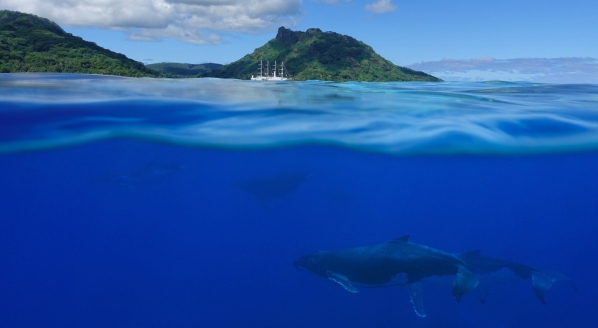
Controlling underwater noise
SILENT class notations from DNV GL are designed to address growing levels of noise from operations at sea
Owner
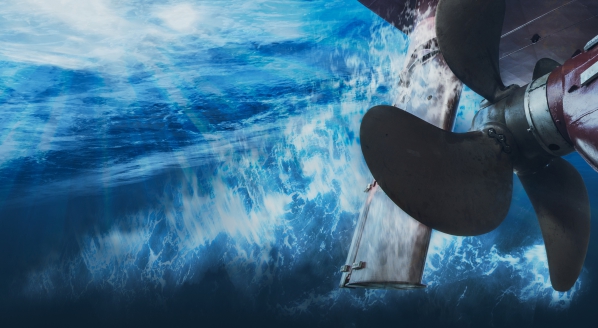
New technology reduces noise generated by propeller cavitation
PressurePores mitigates a vessel’s environmental impact by strategically placing holes in the tips of propellers
Technology

The drawback of low-sulphur fuel
The increasingly low sulphur content in fuels can cause the severe corrosion of fuel tanks on board
Crew
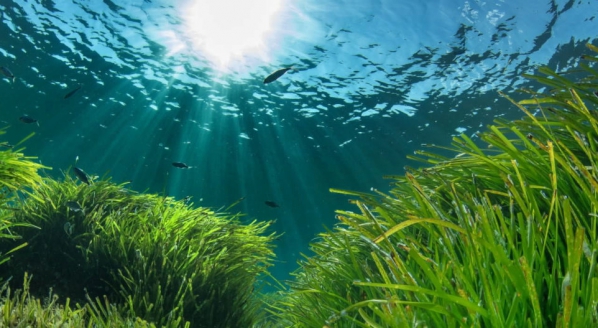
Superyachts will no longer be able to anchor in areas of seagrass
However, questions remain over the implementation of France's new prohibitive anchorage laws
Crew
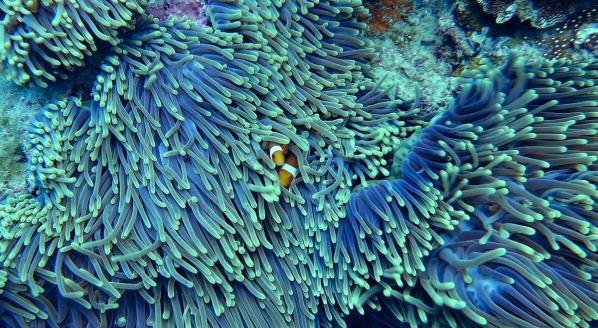
Environmental ego
Is environmental ego the next big motivator? My superyacht is greener than yours
Owner

Cleaning up superyacht marinas
The Clean Superyacht Marina campaign aims to start a conversation with marina operators about recycling facilities
Crew
Related news
Controlling underwater noise
5 years ago
The drawback of low-sulphur fuel
5 years ago
Environmental ego
5 years ago
Cleaning up superyacht marinas
5 years ago
REV Ocean to be completed at Lloyd Werft
6 years ago
NEW: Sign up for
SuperyachtNewsweek!
Get the latest weekly news, in-depth reports, intelligence, and strategic insights, delivered directly from The Superyacht Group's editors and market analysts.
Stay at the forefront of the superyacht industry with SuperyachtNewsweek


